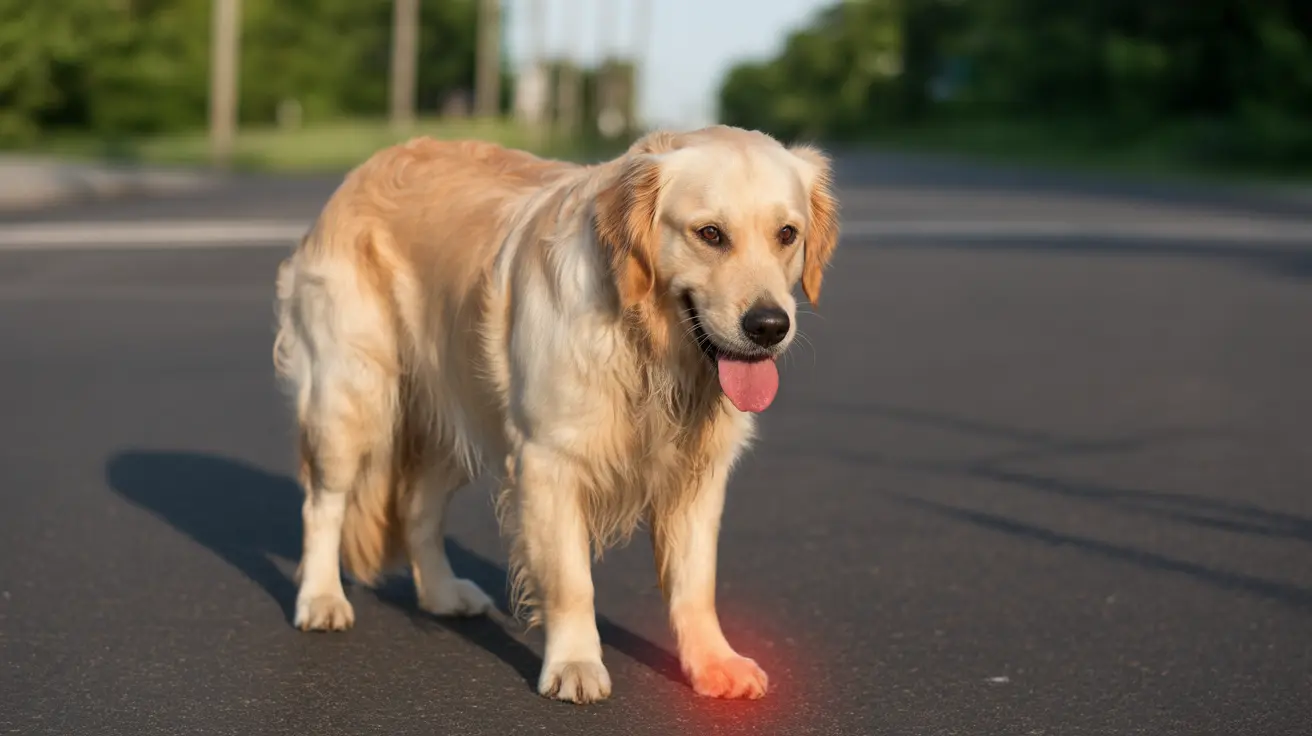The Four Types of Pitbulls: A Detailed Guide
Many dog enthusiasts and potential pet owners often come across the term "Pitbull" without realizing it refers to a category rather than a specific breed. The term "Pitbull" is commonly used as an umbrella label for several breeds that share certain physical and genetic traits. Here's an in-depth look at the four primary types of Pitbulls:
1. American Pit Bull Terrier (APBT)
Origin: Developed in 19th-century England by crossing Bulldogs with Terriers.
- Size: Medium, 30–65 pounds.
- Appearance: Lean, athletic, muscular with a broad chest.
- Temperament: Energetic, loyal, intelligent, and eager to please.
- Notable Traits: High working drive, excellent in agility and obedience sports.
2. American Bully
Origin: Bred in the 1990s in the U.S. by combining APBTs with American Staffordshire Terriers and other breeds.
- Size: Varies by category—Pocket, Standard, Classic, and XL (30–120+ pounds).
- Appearance: Compact, heavy, broad-headed, and muscular.
- Temperament: Relaxed, friendly, and excellent with children.
- Best for: Families seeking a companion-focused dog.
3. American Bulldog
Origin: Evolved from Old English Bulldogs in the U.S. for farm work.
- Size: Large, 75–100+ pounds.
- Appearance: Strong, stocky build with a large head.
- Temperament: Protective, confident, and loyal to their family.
- Ideal Owner: Experienced handlers familiar with assertive breeds.
4. Staffordshire Bull Terrier
Origin: Originated in England for bull-baiting and later companionship.
- Size: 24–38 pounds, compact build.
- Appearance: Muscular but smaller and less massive than other Pitbull types.
- Temperament: Affectionate, brave, and extremely people-oriented.
- Strength: Very strong for their size and known for tenacity.
Temperament and Care Across Breeds
All four breeds share common qualities such as loyalty, intelligence, and strong bonding with humans. However, there are differences in:
- Exercise Needs: APBTs and Bulldogs typically require 1–2 hours of activity daily, while Bullies are more moderate in need.
- Training: They thrive with positive reinforcement methods and early socialization.
- Health: Each has distinct vulnerabilities such as hip dysplasia (Bulldogs), skin allergies (Pit Bulls), or cardiac conditions (Bullies).
Legal and Social Considerations
Breed-specific legislation often affects Pitbull-type dogs, particularly APBTs. Potential owners should:
- Check local laws and housing rules.
- Understand the impact of public perception.
- Practice responsible ownership and supervise all interactions.
Conclusion
Understanding the distinctions between the types of Pitbulls—American Pit Bull Terrier, American Bully, American Bulldog, and Staffordshire Bull Terrier—helps in choosing the right companion. Each breed offers a unique combination of strength, loyalty, and affection. With proper care, training, and love, they can all be exceptional pets and family members.





